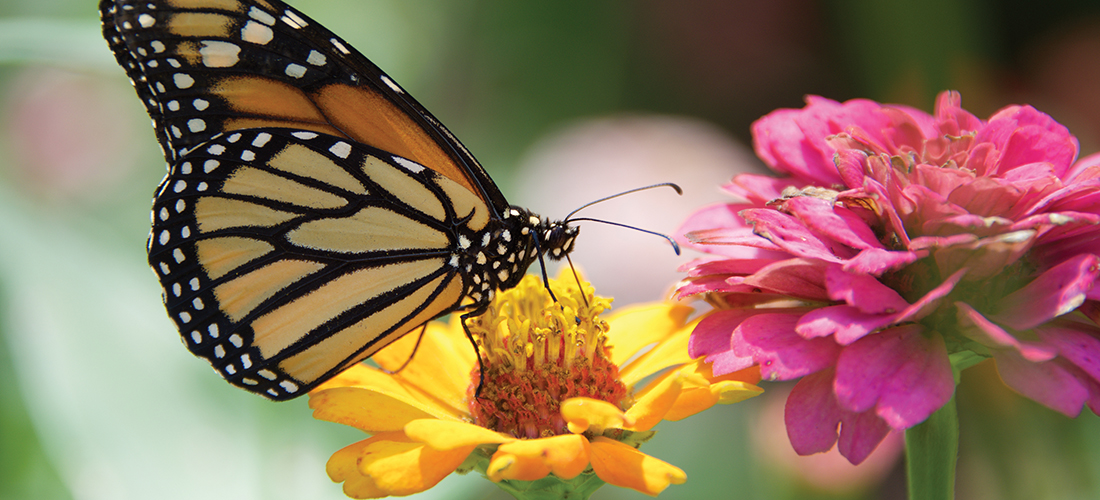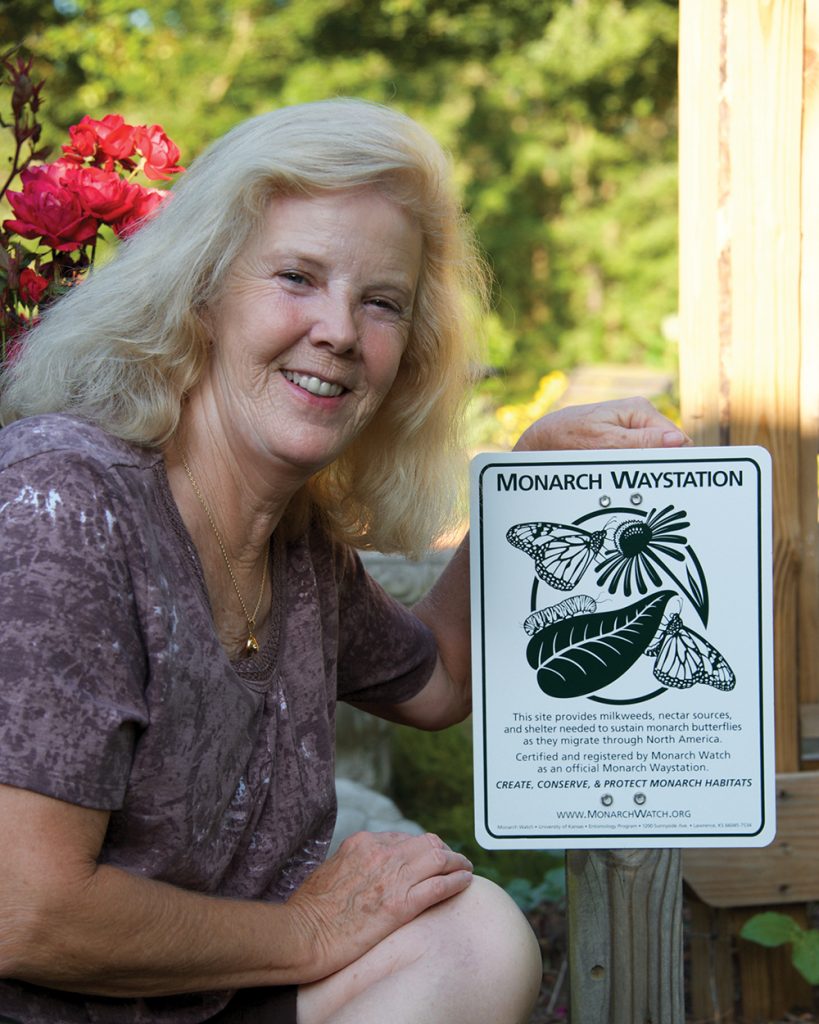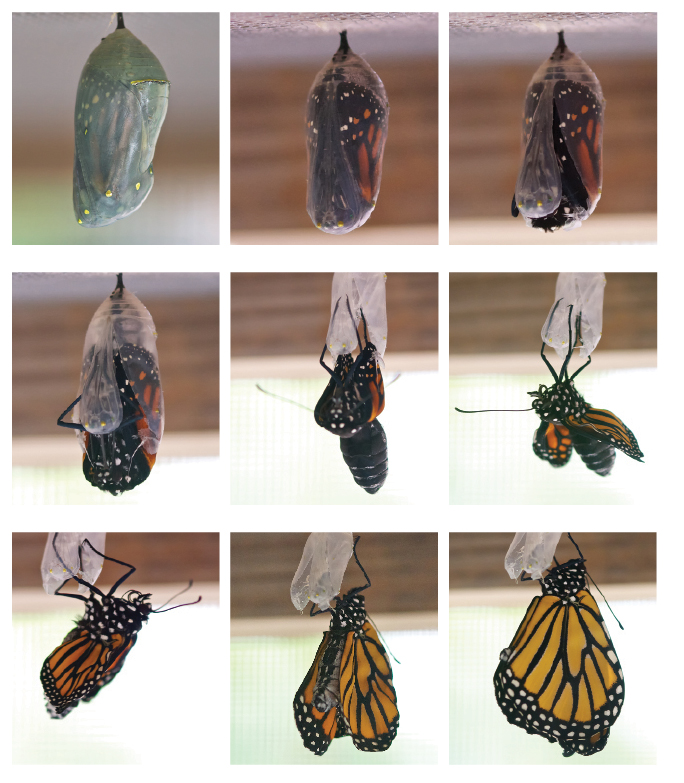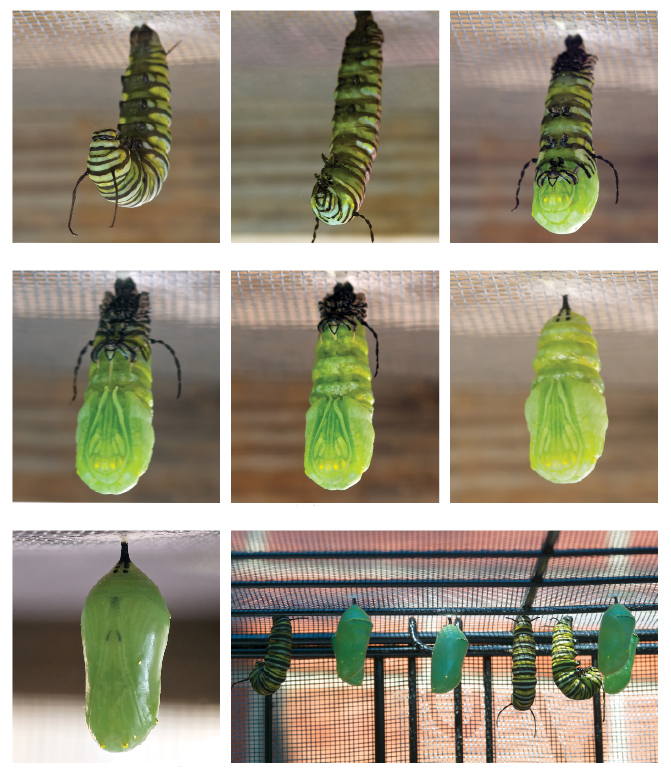
Gale Byers’ mission to save the monarch butterfly
Photographs and Story by Lynn Donovan

From March to October, you’re likely to catch sight of Gale Byers in the fields of southeast Guilford County as she searches the roadsides, hoping to find milkweed to feed her brood of monarch caterpillars. She also rescues any eggs and caterpillars already feeding on its leaves. Byers brings the plants back home, puts the larger caterpillars in her butterfly cages built for her by her husband Bob, and carefully arranges the leaves with eggs and smaller larvae on a table in her sunroom. It’s just one of many forays to gather milkweed, given that one caterpillar consumes an entire leaf in less than five minutes. Because of weed-resistant chemicals, herbicides and development of grasslands, the once abundant supply of native milkweed is dwindling, and along with it, 90 percent of the monarch population. Milkweed is the only food caterpillars eat and without it monarchs will disappear. So Byers not only searches the fields for milkweed but also plants it and nectar flowers in her certified Monarch Waystation to assure that hundreds of her released monarchs will survive the amazing 2,000-plus mile migration to Mexico, where they will winter until their return next spring.
There are four stages in the monarch life cycle. The eggs are laid on the milkweed leaves and hatch in three to four days. The caterpillars (larvae) eat milkweed for 10 to 14 days, molting their skin five times before transforming into pupae, then chrysalises. The chrysalis stage also lasts ten to fourteen days as the larva inside goes through metamorphosis emerging as an adult butterfly.
It takes four generations of butterflies to complete a life cycle. From February through March, the first generation comes out of hibernation and migrates from Mexico to the East coast of the United States to mate and begin laying eggs. In March and April, caterpillars become butterflies of the second generation; they feed for two to six weeks, lay eggs and then die. These eggs become the third generation from May to June and complete the life cycle, living just fifteen to fifty days before dying. The fourth and final generation emerges in September and October, filling the autumn air with wings, before migrating to Mexico to hibernate until the cycle begins again in February. OH


Lynn Donovan is a contributing photographer to O.Henry





